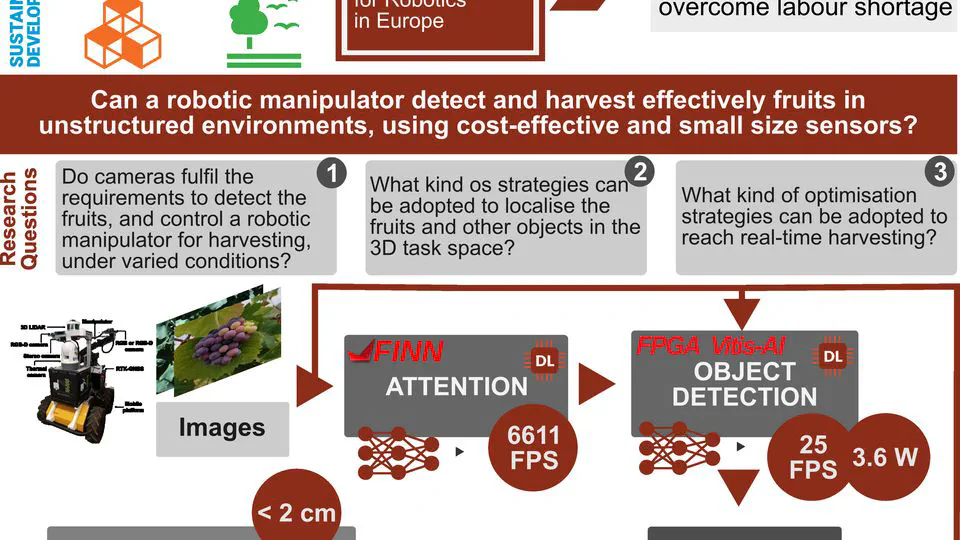About Me
Sandro Magalhães is a Ph.D. candidate of Electrical and Computer Engineering at the Faculty of Engineering, University of Porto. He is performing his Ph.D. research at the INESC TEC in the Centre for Industrial Robotics and Intelligent Systems - Laboratory of Robotics and IoT for Smart Precision Agriculture and Forestry. His research interests include robotics, machine learning, computer vision, and active perception in outdoor environments.
Sandro Magalhães also belongs to the 5DPO robotic soccer team from the Faculty of Engineering, University of Porto, and INESC TEC.
- Robotics
- Artificial Intelligence
- Perception
PhD Electrical and Computers Engineering
Faculty of Engineering, University of Porto
BSc + MEng Electrical and Computers Engineering -- Automation
Faculty of Engineering, University of Porto
Use this area to speak to your mission. I’m a research scientist in the Moonshot team at DeepMind. I blog about machine learning, deep learning, and moonshots.
I apply a range of qualitative and quantitative methods to comprehensively investigate the role of science and technology in the economy.
Please reach out to collaborate 😃
